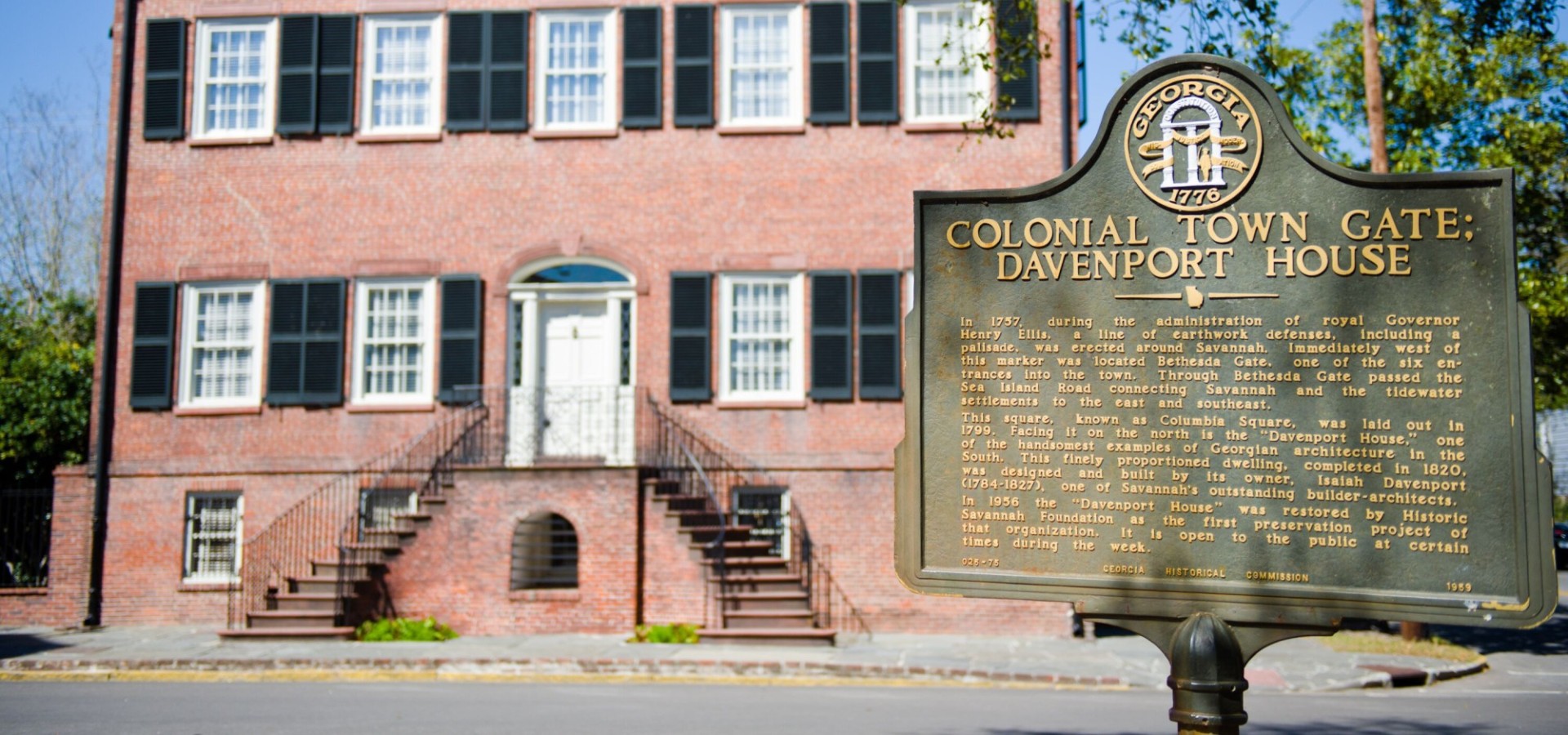During World War II, untold numbers of artworks and pieces of cultural property were stolen by Nazi forces. After the war, an estimated one million artworks and 2.5 million books were recovered. Many more were destroyed.
You might have seen movies like Monuments Men which tell the true stories of the British and American men and women who tracked, located, and recovered looted objects of Western Civilization from the Nazis and Hitler during WWII or The Woman in Gold which tells the true story of Maria Altmann, a Jewish refugee, who sued the Austrian government to recover artwork she believes rightfully belongs to her family.
The Jewish Museum in New York City’s current exhibition Afterlives chronicles the layered stories of the objects that survived from famous paintings to religious artifacts that were stolen by the Nazis. Some items were supposed to be destroyed where as other painting were selected by Nazi military leader Hermann Goering for his personal collection, and even put in storage for Hitler’s degenerate art exhibits and antisemitic exhibitions. Afterlives explores the circumstances of each painting’s theft, their post-war rescue, and their afterlives in museums and private collections.






Afterlives includes objects by renowned artists as Pierre Bonnard, Paul Cézanne, Marc Chagall, Gustave Courbet, Paul Klee, Franz Marc, Henri Matisse, Pablo Picasso, and Camille Pissarro. Treasured pieces of Judaica, including rare examples of Jewish ceremonial objects from destroyed synagogues, are also on view, as well as rarely seen archival photographs and documents that connect the objects to history.
75 years after the Second World War, Afterlives explores how surviving artworks and other precious objects were changed by those events, and how they have moved through time, bearing witness to profound historical ruptures while also acting as enduring carriers of individual expression, knowledge, and creativity. The exhibition follows the paths taken by works of art across national borders, through military depots, and in and out of networks of collectors, looters, ideologues, and restitution organizations.
One of the plaques in the exhibits reads, In war, property becomes power, and stolen art becomes an instrument of policy. During WWII, looting from Jewish collections was widespread and included both systematic plunder and opportunistic thefts. One of the largest Nazi art-looting tasks forces, operating throughout occupied Europe, was the Einsatzsab Reichsleiter Rosenberg, ERR. The ERR was shared with stealing valuables – jewelry, furniture, and especially works of art. Some were absorbed into Nazi collections as marks of prestige; others were sold on the international market to raise funds for the Nazi war machines and many, labeled “degenerate,” were destroyed. Below is the audio transcript of the exhibit and the artifacts.
The Nazi’s hid the art work they stole across multiple countries and continents. In 1945 Allied forces found looted art that was transferred to a salt mine in Altaussee in Austria, one of the largest Nazi storage depots. The mine’s underground tunnels housed more than six thousand artworks, including masterpieces by Michelangelo, Rembrandt, Jan van Eyck, and Vermeer. Some items were sent from Paris to Czechoslovakia like Picasso’s 1929 Group of Characters.
The Monuments Men Foundation has a lot of information on its website of the men and women who helped to saved the art, more about the discoveries and returns, and more about restitution. Anyone can discover the story of the Monuments Men through an interactive online game developed by Mystery City Games. In this point-and-click adventure, you will collect clues, solve puzzles, and complete missions as you race to find some of Europe’s most precious pieces of art looted by the Nazis. Experience the story in a whole new way through beautiful graphics and fun puzzles as you compete or collaborate to solve the most missions!
You can read more about Hitler’s “Degenerate” Art Exhibits used to politically and culturally spread Nazi ideals. The United States Holocaust Memorial Museum provides more details of the Degenerate Art Exhibits and Disposal of Confiscated Art.
When my students are learning about WWII and the Holocaust I have a QR code art exhibit with some of the art Hitler deemed “degenerate.” I used this guide and pamphlet for students to record their observations of the art work, ask questions, and dismantle Nazi propaganda.
History is more than dates, name, and places. Each piece of art that was looted during WWII tells a story and encompasses a journey that is steeped in history worth sharing with our students.











